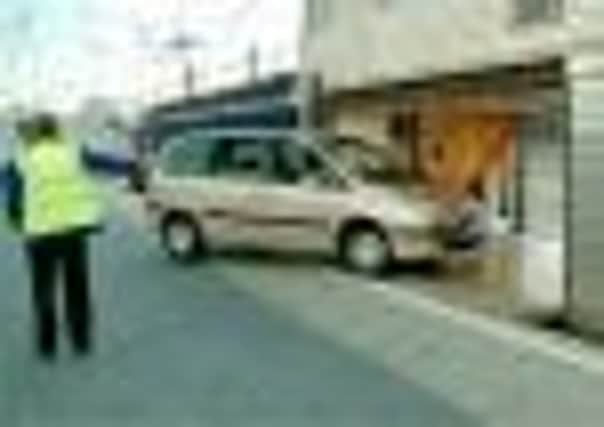Sceptics won over by Eurotunnel


These days, we’re all so used to the Channel Tunnel that it’s easy to forget just what an amazing engineering feat it really is.
Over 50km long with a 30km undersea section, it’s the longest tunnel of its kind in the world, lying 40 metres below the seabed of the English Channel.
Advertisement
Hide AdAdvertisement
Hide AdIn fact, to be accurate, we should say ‘tunnels’ for there are actually three, two rail tunnels through which the Eurotunnel shuttle, Eurostar, and international rail freight trains pass and a third central service tunnel.
As well as providing access for maintenance crews, this tunnel has a higher air pressure level than the other two, so can act as a safe haven in the event of an accident, since it will always be free of smoke and fumes.
For the casual continental visitor, the tunnel has been great news. Since the tunnel opened in 1994, 265 million people have travelled through. In 2010 alone, over 2.1 million cars, 56,500 coaches and 1 million trucks were transported on Eurotunnel Shuttles, along with 9.5 million passengers on Eurostar services and 1.1 million tones of rail freight.
As far as tourism is concerned, Eurotunnel now claims over 43 per cent of the market for cross-Channel travel - and it’s easy to see why.
Advertisement
Hide AdAdvertisement
Hide AdFor a start, going by ‘chunnel’ takes less than half the time it would by ferry, and there isn’t much to add to the actual journey time of 35 minutes.
Just a few checks before you board, then just drive straight off the train onto the motorway at the other end. No sea sickness or messing about dragging heavy bags up and down steep stairs.
Plus, if you want a meal or to do some bargain shopping, there are large, fully-stocked terminals at either end of the route.
For many travellers to the Continent, the speed and convenience of the Channel Tunnel has also made air travel a less attractive option than it once was.
Advertisement
Hide AdAdvertisement
Hide AdAfter all, when you add up the amount of time spent travelling to, parking at and waiting within airports, the total journey duration times offered by Eurotunnel are not that much different, and there’s the advantage of not having to worry about excess baggage charges, especially useful if you’re going skiing or you’re off to the French hypermarkets to stock up on food and drink.
On top of that, for anyone wishing to limit their carbon footprint Eurotunnel is the most environmentally way to cross the Channel.
As for cost, well pick the right time to travel, fill your car with people and the savings stack up.
Check out http://www.eurotunnel.com/uk/tickets/types/ for all the details you’ll need. The type of ticket you can buy ranges from a day/overnight ticket to a standard return, which allows you to choose the length of your stay. If you are staying away for five days or less, the Short Stay Saver fare can make you substantial savings.
Advertisement
Hide AdAdvertisement
Hide AdIt’s also worth considering the option of going ‘FlexiPlus’, which makes your ticket fully flexible, gives you priority boarding, use of a lounge and complimentary food and drink plus newspapers, magazines and free WiFi. Whichever option you choose, prices are always per car and not per passenger, so everyone travels for less.
Since the introduction of the Pets Travel Scheme in 2000, Eurotunnel has carried 500,000 pets. For pet owners, leaving the pet at home is a long forgotten worry. Eurotunnel is the ideal way to travel with pets as they stay in the car with their family for the whole journey.
It’s easy to forget now that a lot of people once had a lot of doubts about the Channel Tunnel. Was it safe, was it cost-effective and was it really needed? It’s hard to find these people now. Eurotunnel has become part of the travelling fabric of our society. In fact, it’s hard to imagine life without it.